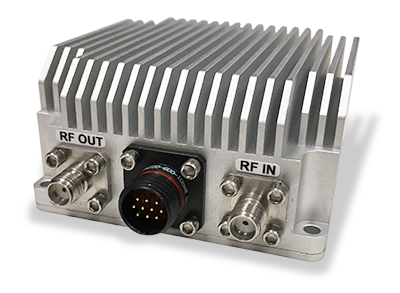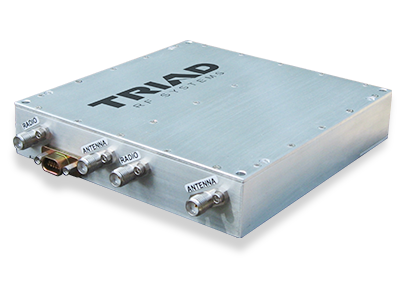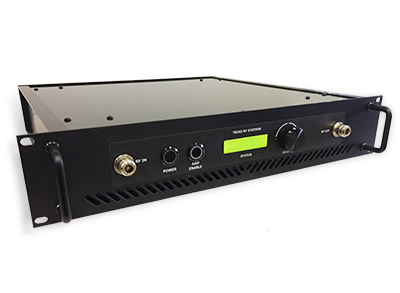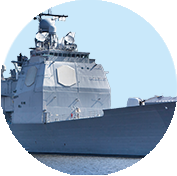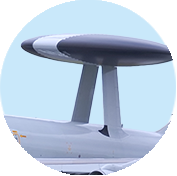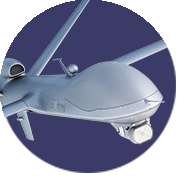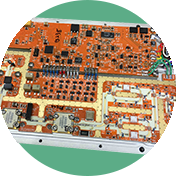
3 Practical Steps to Begin the Custom RF Power Amplifier Design Process
As you might expect, custom RF amplifier design is subject to a wide range of implementation challenges and environmental conditions, including the need to balance performance, efficiency, size and weight. Technology limiters are always an issue too because, even though older technologies can provide more predictability, they often sacrifice size and efficiency. Newer technologies can offer more efficient performance capabilities in smaller packages, but it often comes at a higher cost with less reliability.
The bottom line is that most custom power amplifiers are required to have extremely high reliability, high MTBF (Mean Time Between Failures) and they must have the ability to operate in harsh conditions at full output power. So what is the best approach to take when starting the design for your next custom RF amplifier?
First, it is best to begin with highly detailed specific function(s) required for the device, as well as specifications for the system conditions in which it is to be used. Second, it is important to identify factors such as the intended frequency band and any size, weight, or power (SWaP) constraints that might affect functionality and design. And lastly, any special features should be identified.
Be aware, conflicting or unclear requirements, as they can stop a design before it's even started. Armed with your requirements, you'll be able to make the necessary design trade-off decisions that result in the best performing device for your application.
Once your amplifier partner is equipped with the information above, they can start to work with you to design your custom RF amplifier. From inception to the final production phase of your project, the process is typically broken up into 3 main stages, each of which is comprised of smaller multi-step stages to bring your product to market.
- Research and Plan With Size and Performance In Mind
Think about the variables that provide a distinct and measurable difference. Size and weight can be significant performance advantages that need to be carefully factored into the design. Key trade-offs include cost, efficiency, linearity, and output power. Balancing those trade-offs with the end application (and environment) will lead you to the “best fit” technology decisions.
- Design, Simulate, Manufacture
There is always some design struggle when launching an innovative product and getting to the point of manufacturing takes time.
Be prepared to invest in extensive modeling, simulation, and testing. This requires entering in the design characteristics of the chosen devices in a simulation and modeling software package. The output of this exercise is the physical layout required to maximize the transfer of energy of the input and output matching networks of the amplifier, as well as estimates of performance.
To execute on a custom amplifier vision, simulation and testing is a key part of the process. And now, finding parts that are available during the worldwide semiconductor shortage is also a major factor that needs to be considered.
- Test, Tune and Repeat
What you need to know: Computer modeling can be utilized to perform a software simulation of the amplifiers potential performance; however, sometimes, published vs. real-world performance of the device can greatly impact the final design. Once a final design is received in-house, the design engineer has one more job prior to handing it over to production. This is to test the unit, characterize its performance, and modify or tune the design as required to optimize its performance.
An experience supplier will know how to optimize or take precautions to produce the most reliable and best performing custom RF device.
Finding the right supplier
Even when the custom RF amplifier design requirements are clear, no two RF engineers will design an amplifier the same way.
You'll want to find a supplier that understands your goals, has the track record to demonstrate a product portfolio similar or better than your custom RF amplifier design ambitions, the experience with your particular application and the well documented quality standards to back it all up.
Working with the right supplier can be your best bet. From a technical standpoint, they know how to maximize the use of well-engineered processes to deliver a custom RF amplifier efficiently, with distinct and measurable technical advantages for your particular custom RF amplifier application. It is important that your supplier can design and deliver manufacturable, repeatable, custom RF amplifiers in an expeditious manner with a quality standard that you recognize. Be sure to ask for their AS9100D quality certificate.
The bottom line: Work with a company that has a history of delivering high-quality, high performance RF amplifiers that have been proven to work.
Summary
There are a lot of design challenges and manufacturing decisions that play into the design of a final custom RF amplifier. We've written a tech brief to help guide your team through the custom development process to ensure your team meets your cost, schedule, and performance needs.
It takes years of expertise to push the boundaries of linearizing RF Solid State Power Amplifiers (SSPAs) while maintaining a price structure that allows RF amplifier solutions to meet cost targets. So, due diligence is crucial. Please feel free to contact us with any question.
Learn more about preparing for custom designing your next RF/microwave radio power amplifier by downloading our latest Tech Brief:
“Key Considerations for a Successful Custom RF Amplifier Design”

